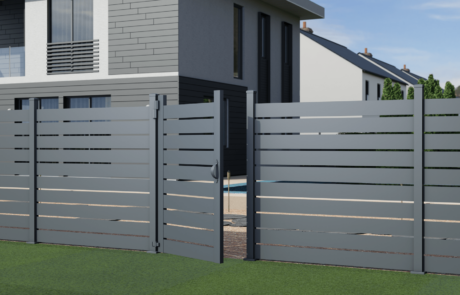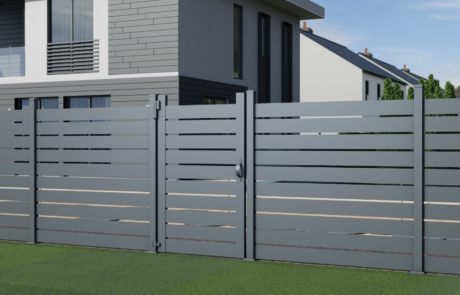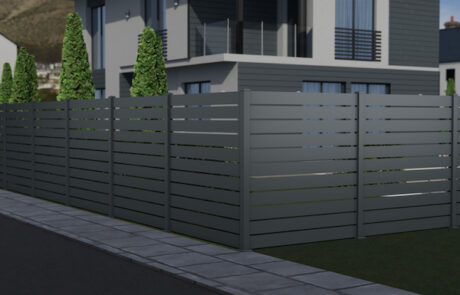Elevate A Property’s Appearance and Security with the Ideal Fencing Solution
The addition of an attractive and secure fence to a property can greatly improve its visual appeal, security, and overall value. With a diverse range of fencing materials, styles, and configurations available, finding the right solution for your customer’s specific needs and vision can be a daunting task.
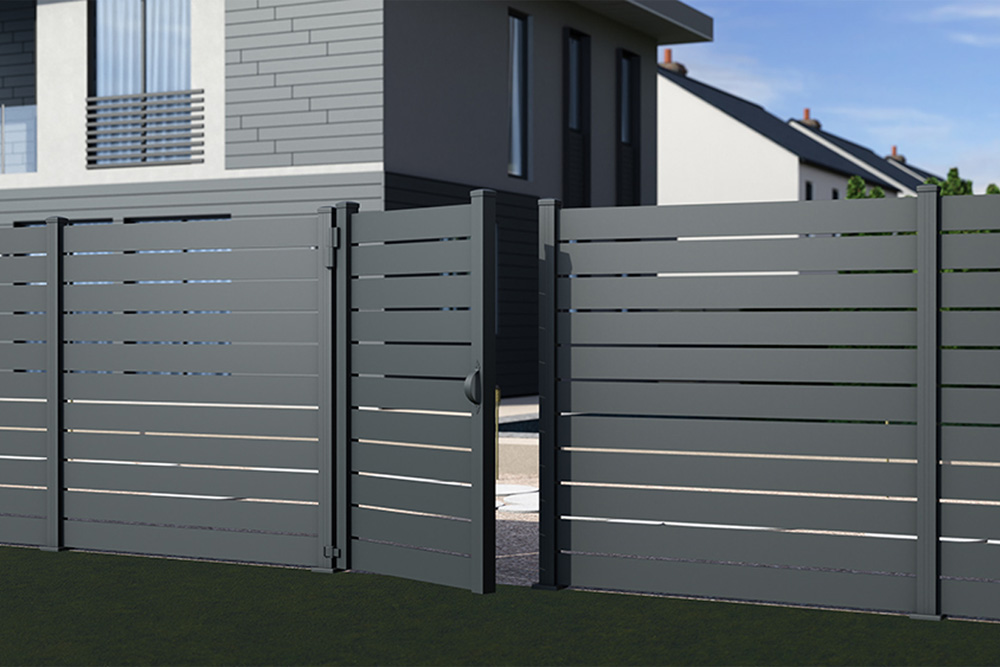
Fencing serves various purposes, from creating a sense of privacy and security to enhancing a home’s curb appeal and defining property boundaries.
Available in materials like wood, metal, vinyl, and composite, fencing solutions can cater to a broad range of preferences and requirements. By understanding the benefits and potential drawbacks of each material and style, you can help customers make an informed decision that balances function, durability, and appearance.
In the following sections, we will explore the key factors to consider when choosing a fencing solution, such as material, design, and maintenance requirements. We will also discuss essential aspects like regional regulations, budget, and personal preferences that play a vital role in the decision-making process.
By the end of this informative article, you will be equipped with the knowledge necessary to select the ideal fencing solution that meets your customer’s unique needs and elevates their property’s overall attractiveness and security.
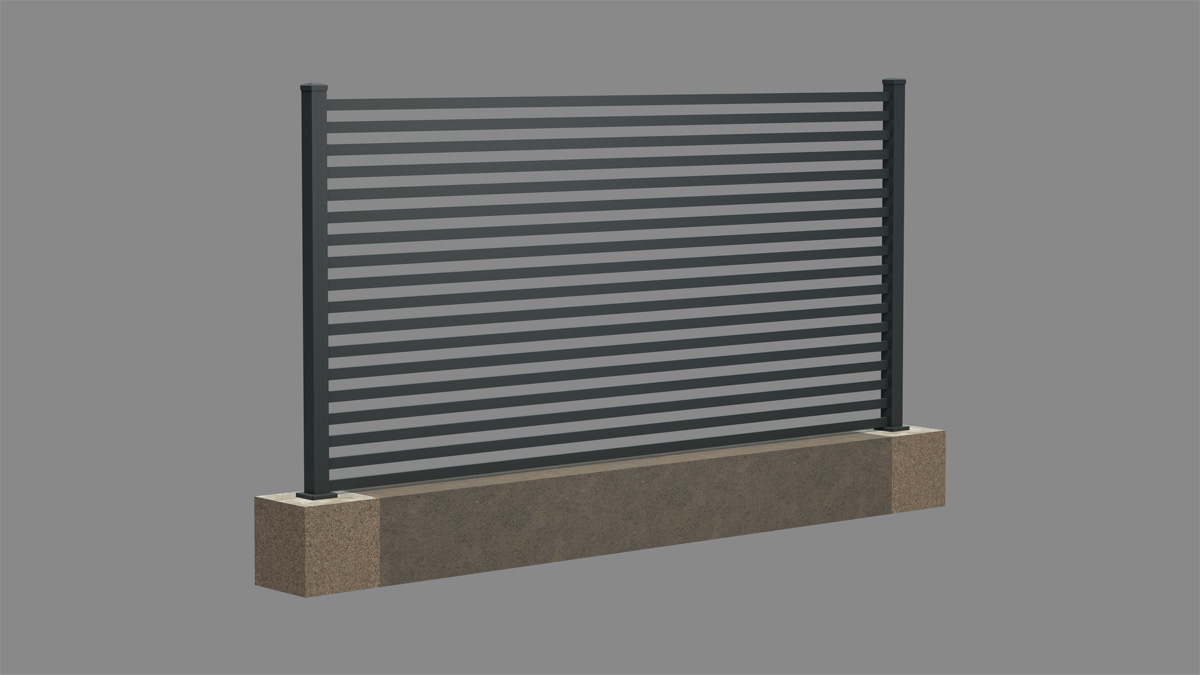
Fencing Materials: Pros and Cons
A crucial factor to consider when choosing a fencing solution is the material used.
The following are some common fencing materials, along with their advantages and potential drawbacks:
- Wood: Classic and versatile wooden fences offer natural beauty, warmth, and an extensive range of styles, including picket, panelled, and post-and-rail. However, wood fences require regular maintenance, such as painting or staining, and may be susceptible to weathering, insect damage, and rot. When selecting wood, choose sustainably sourced timber or pressure-treated options for added durability.
- Metal: Sturdy and long-lasting, metal fences, such as aluminium, wrought iron, and steel, provide a robust choice for security and aesthetics. Metal fences may vary in price and required maintenance, with aluminium being the most low-maintenance and affordable, whereas wrought iron typically demands more upkeep and investment. With various designs and finishes available, metal fences can accommodate both traditional and modern styles.
- Vinyl: Low-maintenance and durable vinyl fences offer a practical and stylish alternative to wood fencing. Resistant to UV damage, cracking, and fading, vinyl fences require minimal upkeep and provide a uniform appearance. Though slightly more expensive upfront, vinyl’s low-maintenance benefits translate to long-term cost-efficiency.
- Composite: Combining the best of both wood and vinyl, composite fencing offers the natural appearance of wood with the low-maintenance advantages of vinyl. Made from recycled materials, composite fences are eco-friendly and require minimal upkeep. However, they come with a higher initial cost compared to wood or vinyl options.
Weighing the pros and cons of each fencing material can help determine which best suits your customer’s needs for durability, maintenance, and appearance.
Fence Styles: Design and Functionality
Fence styles play a significant role in your property’s aesthetic appeal and privacy levels.
Some popular fencing styles to consider are:
- Picket Fences: Characterised by evenly spaced vertical boards with pointed tops, picket fences are a charming and classic choice for front gardens, providing moderate privacy without obstructing views.
- Panel Fences: Comprising pre-made panels of horizontal or vertical boards, panel fences offer a private and secure barrier suitable for back gardens and dividing property lines.
- Lattice or Trellis Fences: Featuring an open, crisscross pattern, lattice or trellis fences provide a delicate and decorative option, ideal for adding height to existing fences or supporting climbing plants
- Slatted Fences: With horizontally or vertically spaced boards, slatted fences offer a contemporary and minimalist design, providing privacy while still allowing light and airflow.
Navigating Regional Regulations and Guidelines
It’s essential to be aware of regional regulations and guidelines when planning a fencing project. These regulations may dictate a fence’s maximum height, setback from the property line, or approved materials. Consult the local council or homeowners association to ensure the fencing project complies with relevant guidelines.
Budget and Personal Preferences
Budget and personal preferences will ultimately play a significant role in selecting the ideal fencing solution. Consider factors like material costs, installation fees, and ongoing maintenance requirements when determining your customer’s overall budget. Additionally, take into account any stylistic preferences, focusing on fence styles and materials that complement the property’s architecture and landscape.
Make a Well-Informed Decision on The Fencing Solution
Choosing the perfect fencing solution for a property involves careful consideration of materials, styles, regulations, and personal preferences. By understanding the advantages and limitations of each material, analysing various fence styles, and taking into account regional guidelines, you will be better equipped to select a fencing solution that meets your customer’s unique requirements and vision.
Transform Outdoor Spaces with Stylish Fencing Options
Investing in a high-quality, stylish fence not only provides security and privacy but also contributes to a property’s overall aesthetic appeal, creating a lasting and valuable addition to any home.
Explore Milwood Group’s extensive range of exceptional aluminium fencing solutions to start transforming your customer’s property’s perimeter into a secure and visually captivating sanctuary!

